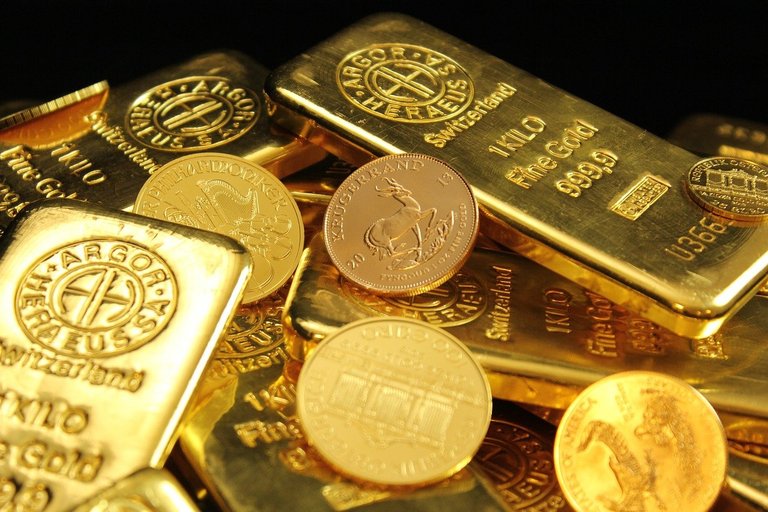One thing I learned from FOFOA (https://fofoa.blogspot.com/) was that we have too narrow of thinking when it comes to money. We want to limit ourselves to one kind of money for all timeframes. Hard money (savers like this) or easy money (debtors like this). The solution is to have both kinds of money freely valued against each other so savers can save without having their value inflated away, and debtors can go into debt or provide debt and inflate away that debt burden to decrease it and decrease the defaults that would occur under hard money only. The easy money is used as currency in the shorter time frames, and the hard money is used for longer term purposes, to preserve its value. Savers don’t need to monetize housing and stock assets and art and other assets, they can just save the hard money. Debtors don’t have to destroy the economy by continuing to create money out of thin air, they can create as much as they want without harming the savers.
Currently gold is valued at $42 or something ridiculous like that, on the asset side of US balance sheet. (Fed reserve or treasury, I can’t remember who holds it). If that price were allowed to mark to market, the story would be much different. Also I don’t know how to handle the rehypothecation or paperization of the hard money, I get the sense it wouldn’t suppress the free market price in such a scenario.
These days the focal point store of value seems to be shifting away from gold and toward BTC, but the main premise remains, and some might argue the situation would be even stronger because BTC is even harder money than gold. Some might argue it’s too hard. But I don’t know what that argument would be.
Bottom line: a free market with debtor’s money and saver’s money would be a preferable system for longevity of a healthy economy.
Maybe I’m missing something though. Perhaps the debtors could still monetize the stocks and housing in a way that benefits them and harms the savers.
Posted Using InLeo Alpha






!LOLZ
!ALIVE
!PIZZA